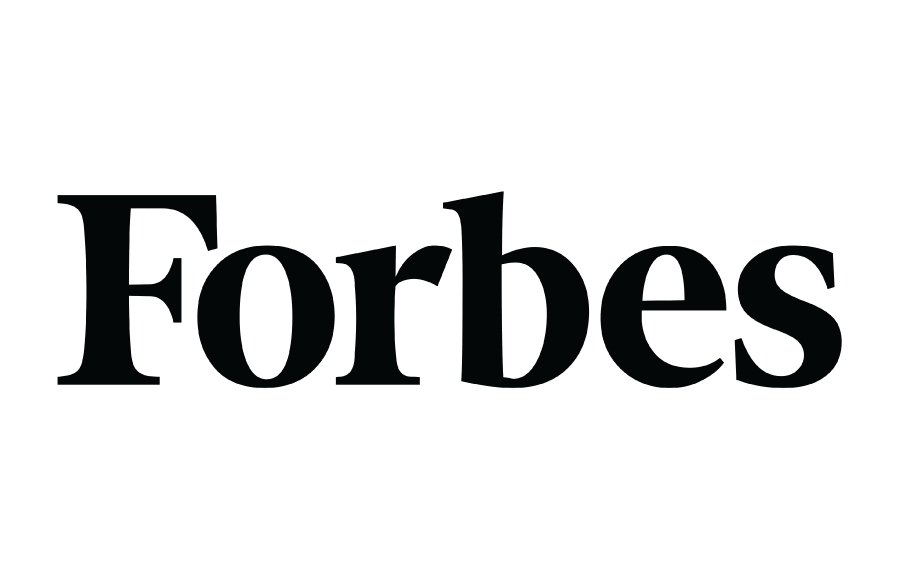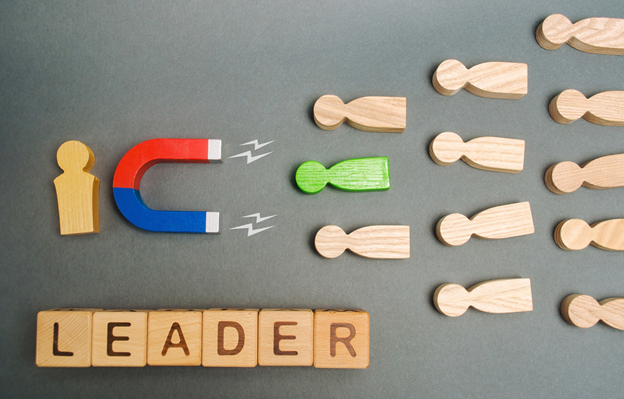I recently discussed several key middle market trends and projections for 2020, and, at the time, the market had been preparing for an uncertain, but optimistic future — with an “upcoming slowdown” sitting at the center of all projected market activity. These observations have been thrown into flux by the now widespread coronavirus threat, which has all but crushed commentator optimism moving forward — especially on the M&A front. As the virus cases multiply worldwide, M&A now stands as one of countless industries facing an unprecedented level of disruption.
To remain both viable and stable, today’s M&A leaders must be prepared to face a rapid and ever-changing obstacle in COVID-19, adapting and re-building their time-tested processes and protocol wherever possible.
Navigating an abrupt U-turn
Prior to the coronavirus pandemic, the start of 2020 signaled a generally bright future for collective M&A, with an average projected growth rate of 4.7 percent. Coincidentally and unfortunately, the biggest jump in positive industry sentiment had been observed in Asia, the assumed epicenter of the virus outbreak. In the United States, growth had been expected, at an average of 2.7 percent, by half of respondents.
Now, with volatility spiking to dangerous heights, The pandemic has eviscerated these optimistic projections as emphasis has shifted, in part, from economic performance to internal stability and basic human safety — an abrupt change in pace and structure that has left many companies scrambling for higher ground amidst new virus cases, losses in revenue for involved parties, and layoffs and other unfortunate scaling-back protocol. Naturally, M&A leaders, like all business leaders, must now re-focus their efforts on not only keeping their businesses afloat but also maintaining the wellbeing of their employees, providing any and all direction and a sense of balance where possible.
Preparing for the future
From a business standpoint, there is little M&A leaders can do except weather the storm of the pandemic; the major deal-based decisions will come once the pandemic has peaked, the States have started to open back up, and we all begin to understand what the new normal will be. As BCG observes, dealmakers will have a lot to think about once the M&A sector is ready to move forward: “for companies that have built a healthy balance sheet during the economic boom of the past ten years, declining valuations create opportunities to pursue deals that create long-term value. Our research demonstrates that deals done during weak economic times create value for dealmakers and their shareholders.”
This vantage point in mind, it is possible that, should the virus curve flatten, hope may be salvaged for future M&A deals, reviving optimism and promoting long term consistency. BCG also points to several key strategies for healthy transactions during a diminished economy:
- “Look beyond your core business,” benefitting from non-core acquisitions.
- “Learn from experienced dealmakers,” gleaning lessons learned during past crises and extrapolate how they may be applied to the COVID-19 pandemic. Study what worked for these dealmakers and what exacerbated an already harrowing situation; if anything, the broad strokes will provide at least a light sense of preparation despite the pandemic’s nebulous future.
- “Consider de-risking your M&A strategy,” employing other tools aside from M&A, such as strategic alliances, to resolve short-term issues while keeping bridges built for future activity.
- “Don’t take value creation for granted,” remembering that, during weak economic periods, even the most seasoned dealmakers only generate value in around half of their deals.
Above all, remember that our economy has stared down uncertainty and existential dread in the past, and just like those threats, the economic impact of the COVID-19 pandemic will be overcome in time if we are able to promote corporate solidarity, shore up all tangible elements of deal infrastructure, and keep employees and shareholders supported at a human level.




